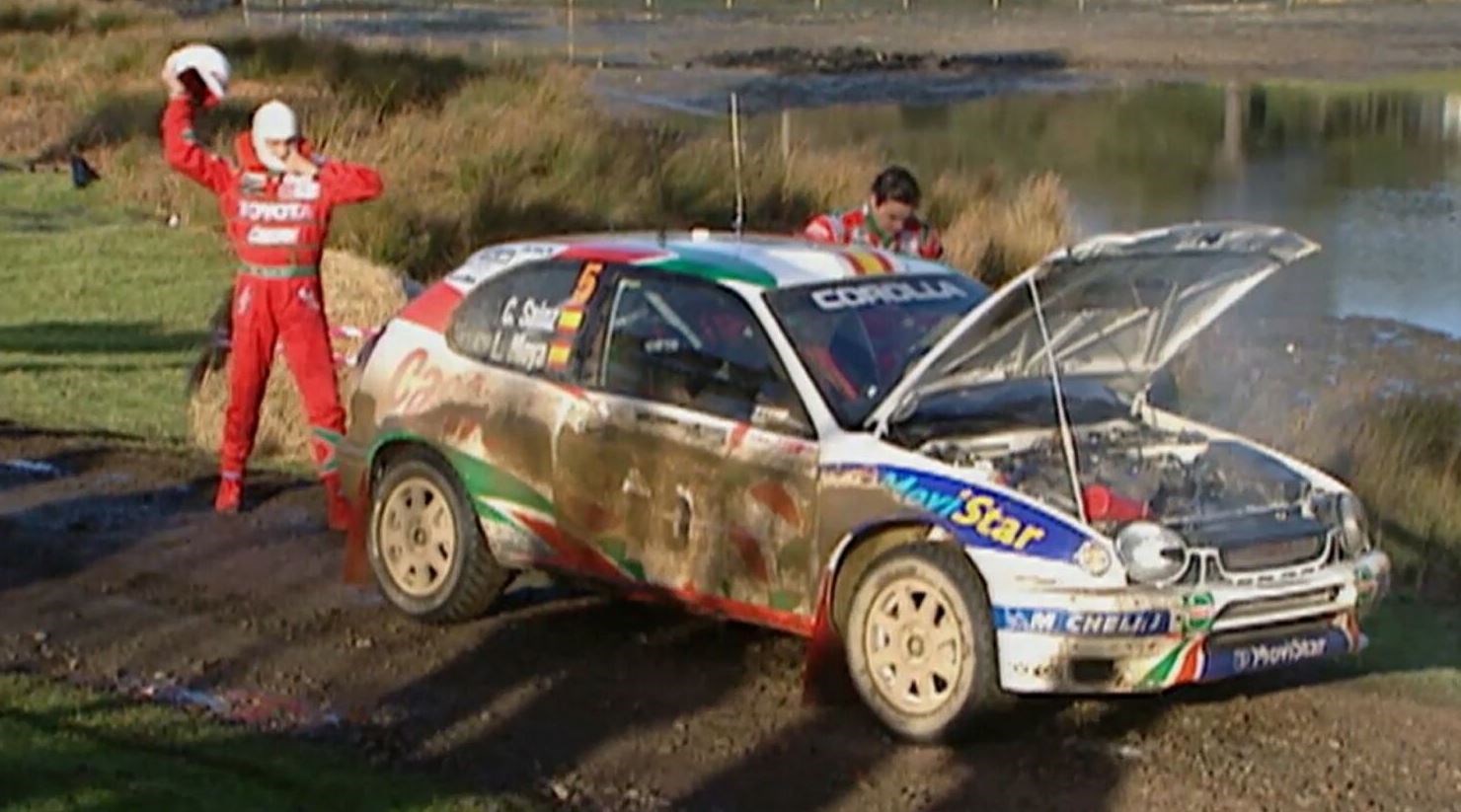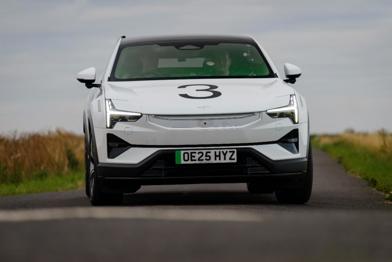THE GOOD OIL, POWERED BY CASTROL EDGE
Castrol and motorsport have gone together like, well, oil and engines. Over the decades, its involvement in almost every form of motorsport has been testimony to its R&D and dedication to motoring and motorsport. And arguably its most famous, high-profile partnership has been with Toyota in the World Rally Championship (WRC).
Such was its partnership with Team Toyota Europe (TTE) in the 1990s, that the racecar livery remains a favourite and an icon more than 20 years on, with the resilience and immediate recall of the relatively simple red and green swatches on white racecars during Toyota’s heydays.

With Carlos Sainz winning the 1990 and 1992 WRC drivers titles, it was in 1993 when Castrol emblazoned the Celica GT-Four with its red, white and green, and new drivers Didier Auriol and Joha Kankkunen, dominating and ’93 and 94 WRC titles, winning both drivers and manufacturers titles and stamping Castrol and an icon of the era.
But its infamous moment was in 1995 when the new, heavier ST205 Celica GT-Four would be infamously caught for cheating, with a clever modification to its turbocharger restrictor.
Castrol was there through the subsequent one-year ban and two-year hiatus of TTE/Toyota, and both returned for the 1998 season, the striking looking new Corolla WRC and a returning Carlos Sainz winning in the season-opener.
Seven more podium finishes put Sainz in a position to win the title heading into the final round, against main protagonist, Tommi Makinen, who actually crashed and retired early, leaving Sainz to simply finish and claim the drivers and manufacturers titles.
Unfortunately, fate intervened and on the very last stage, just 300 metres before the finish line, Sainz’s engine blew up and left both Makinen and Mitsubishi to inherit the two titles, and a lasting image of navigator Luis Moya kicking the car and smashing his helmet through the disabled Corolla’s rear window.
Castrol Toyota returned in 1999 for the Corolla to claim the WRC manufacturer title, but the team then withdrew to focus on Formula 1. But for that decade, through Group A and WRC eras,and through the great and bad times, the Castrol Toyotas became icons of the WRC.







